These Breathtaking Photos of Vietnam’s Caves Bring Out the Armchair Spelunker in Everyone
Photographer Ryan Deboodt discovers beauty in this subterranean realm
Adventure photographer Ryan Deboodt does his best work in Earth’s underbelly. His otherworldly photographs of the caves of Vietnam’s Phong Nha Ke Bang National Park illuminate a vast subterranean realm.
Located in central Vietnam near the border of Laos, Phong Nha Ke Bang contains one of the most expansive cave systems in the world, with over 60 miles of limestone chambers, underground rivers and grottoes. During the Vietnam War, North Vietnamese soldiers took shelter here during American bombing raids. The park was named a Unesco World Heritage Site in 2003 for its distinctive geologic features. Hang Son Doong, one of the largest caves, is greater than 2.5 miles long, and at points is over 300 feet wide and 600 feet high.
Born in Nebraska, but based in Beijing, Deboodt has been living in Asia for nearly four years. He set off to explore Phong Nha Ke Bang’s caves after learning about them in a National Geographic article, and even though he was a novice spelunker at the time, he’s now made 12 underground excursions, often working with the British Caving Research Association.
Often times, caves’ absence of light, tiny passages, and vertical faces, can lead to dangerous falls, getting lost, or being subjected to rapidly rising floodwaters. Knock on wood, still no close calls for Deboodt yet, but he chalks that up to good help and less-than-extreme conditions. “Most of the caves in the system are horizontal (without a lot of upward vertical climbs), which makes things a lot easier,” says Deboodt.
Once he finds a suitable vantage point, Deboodt often needs assistance setting up his shot. “Most require at least four or five people helping me out at a time, setting up all the lights and people in the photos,” Deboodt explains. “Photos take 30 minutes to three hours each.”
His inclusion of people for scale only increases the grandeur of the already dramatic landscapes. Deboodt is also adept at incorporating the piercing beams of sunlight that come streaming into the caves through dolines—cave skylights formed in collapsed limestone.
This system includes many unsurveyed and underexplored caves–opportunities for Deboodt to lay eyes on never-before-seen structures. His favorite cave, Hang Va, features eerie, stalagmite-like cones rising out of what appears to be glowing green water. “It’s incredibly unique, and when you’re walking through there it seems like you’re on a different planet,” he explains. “When I first went there, there were maybe only ten people who had been there before me. Just knowing how few people had been there and how weird this place is and how otherworldly it is made for absolutely incredible experience.”
Ryan Deboodt recently shot this surreal drone video of the Hang Song Doong cave, in and is currently doing a takeover of Smithsonian magazine’s Instagram account this week.
Planning Your Next Trip?
Explore great travel deals
Smithsonian magazine participates in affiliate link advertising programs. If you purchase an item through these links, we receive a commission.
/https://tf-cmsv2-smithsonianmag-media.s3.amazonaws.com/accounts/headshot/Jeff-Campagna-240.jpg)
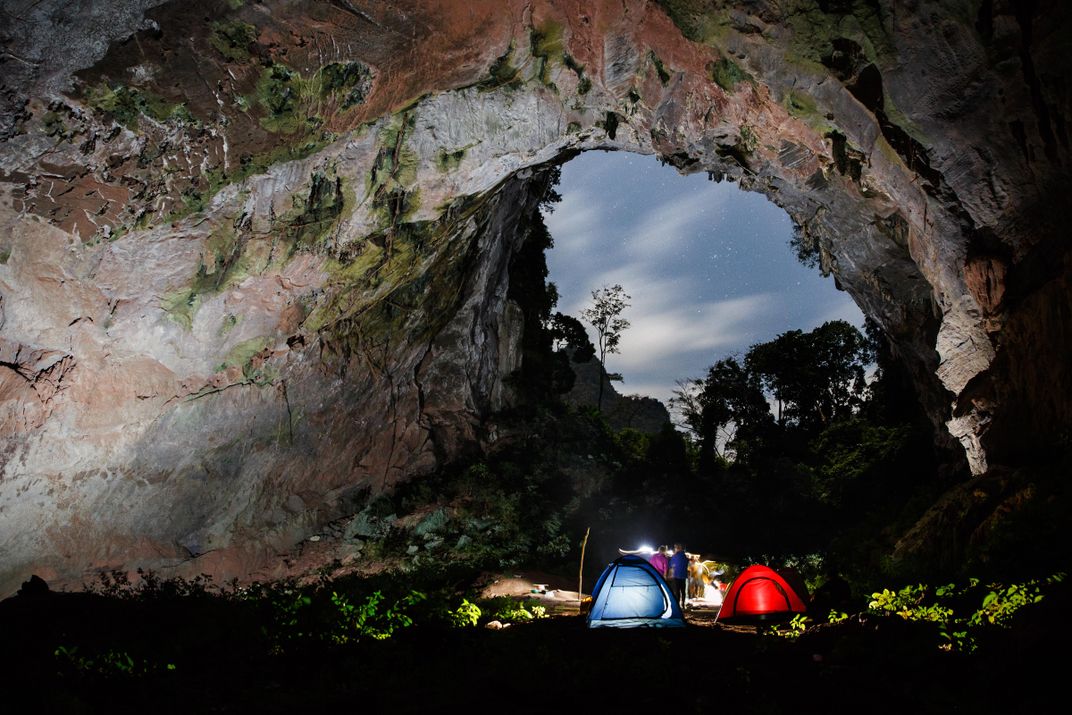
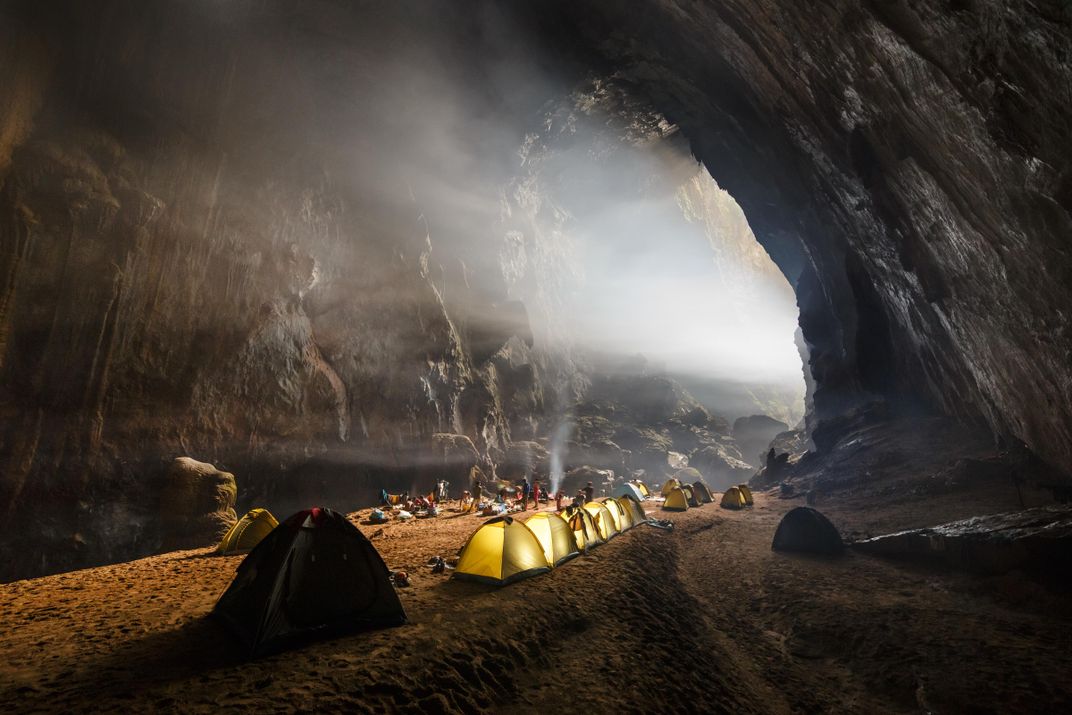

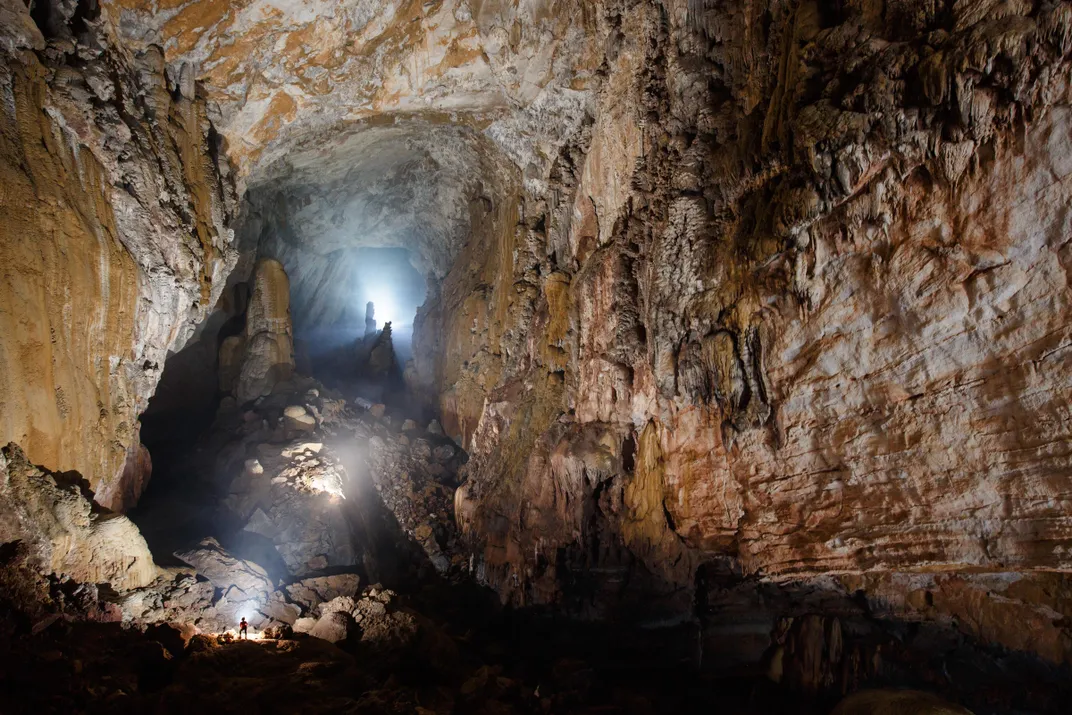
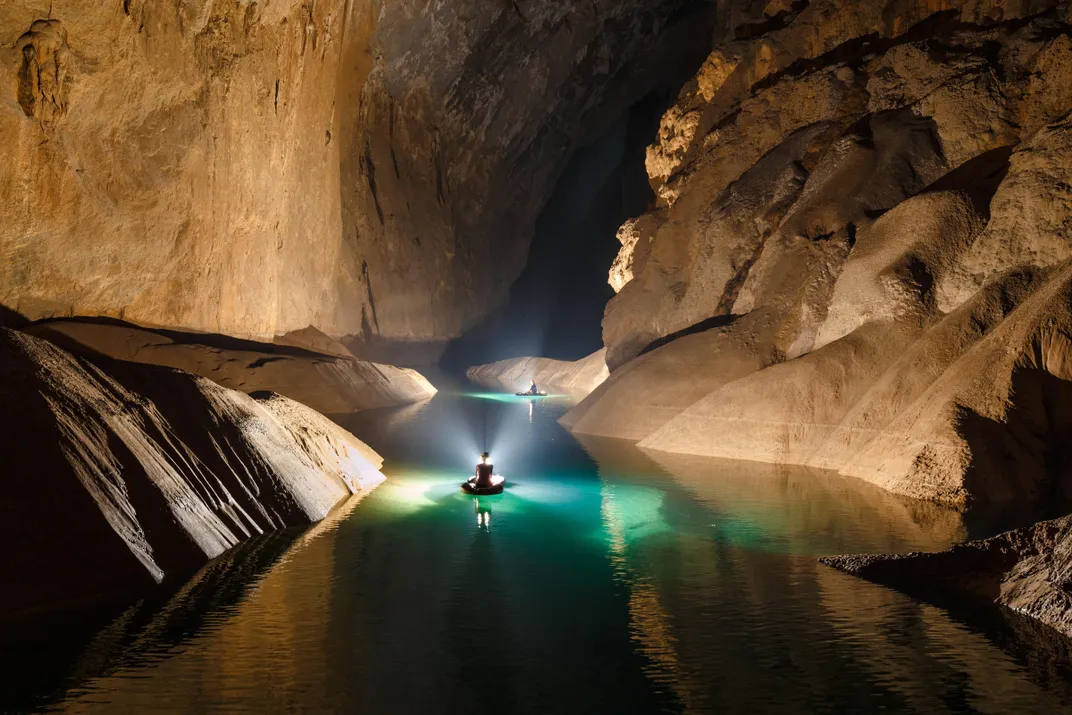

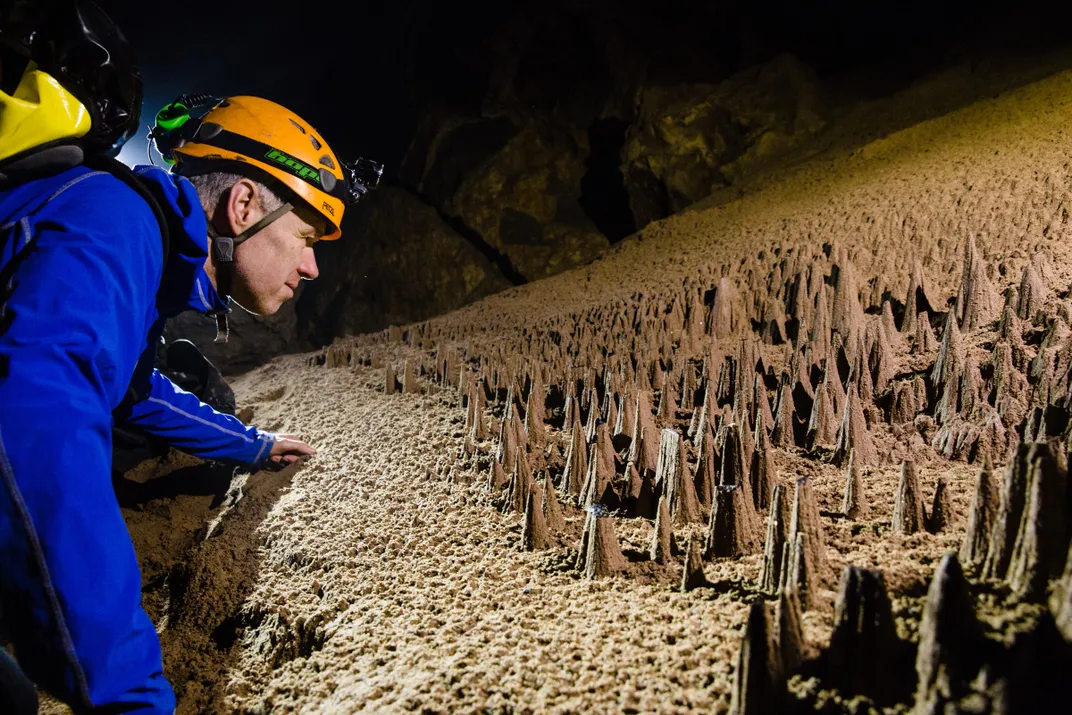
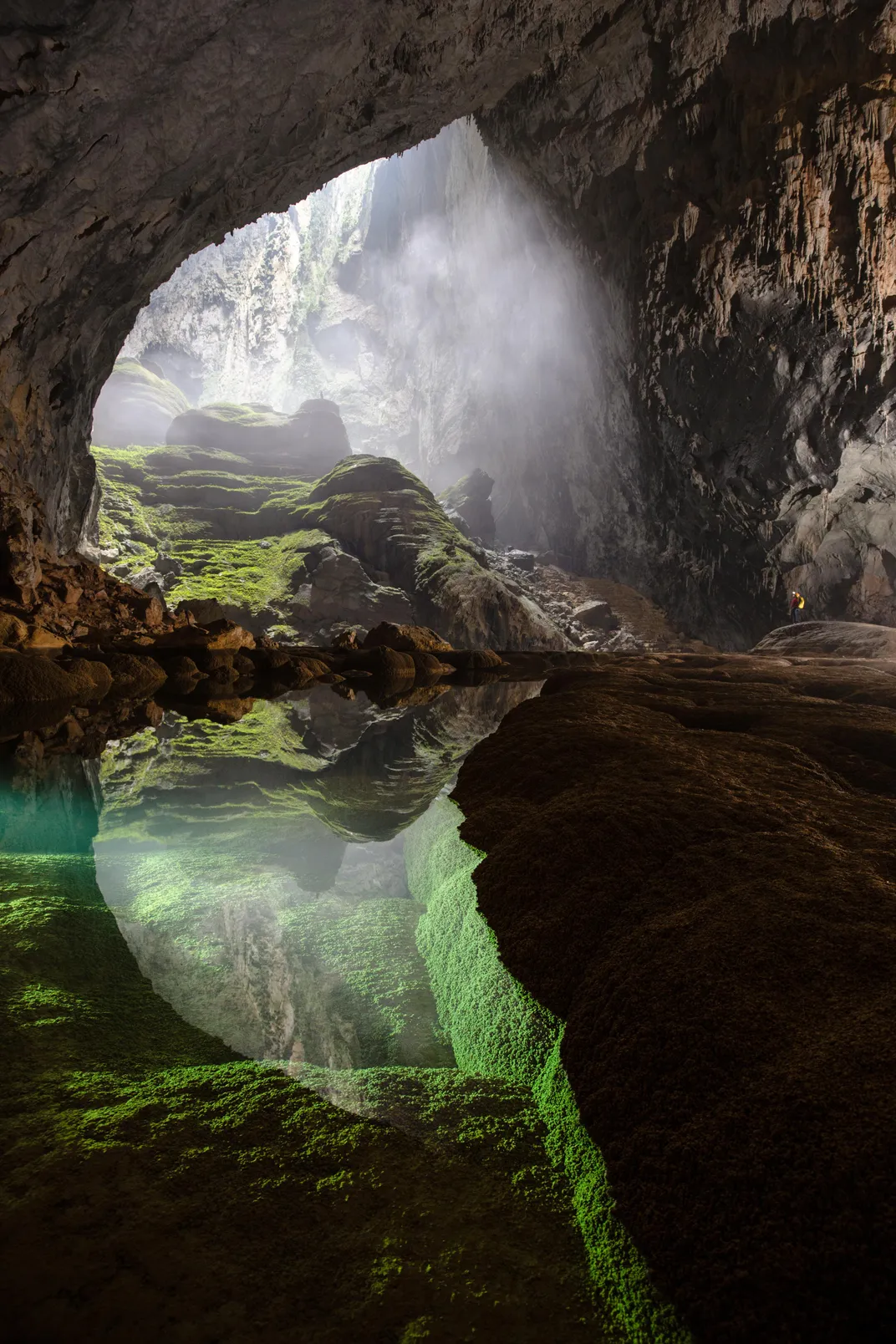
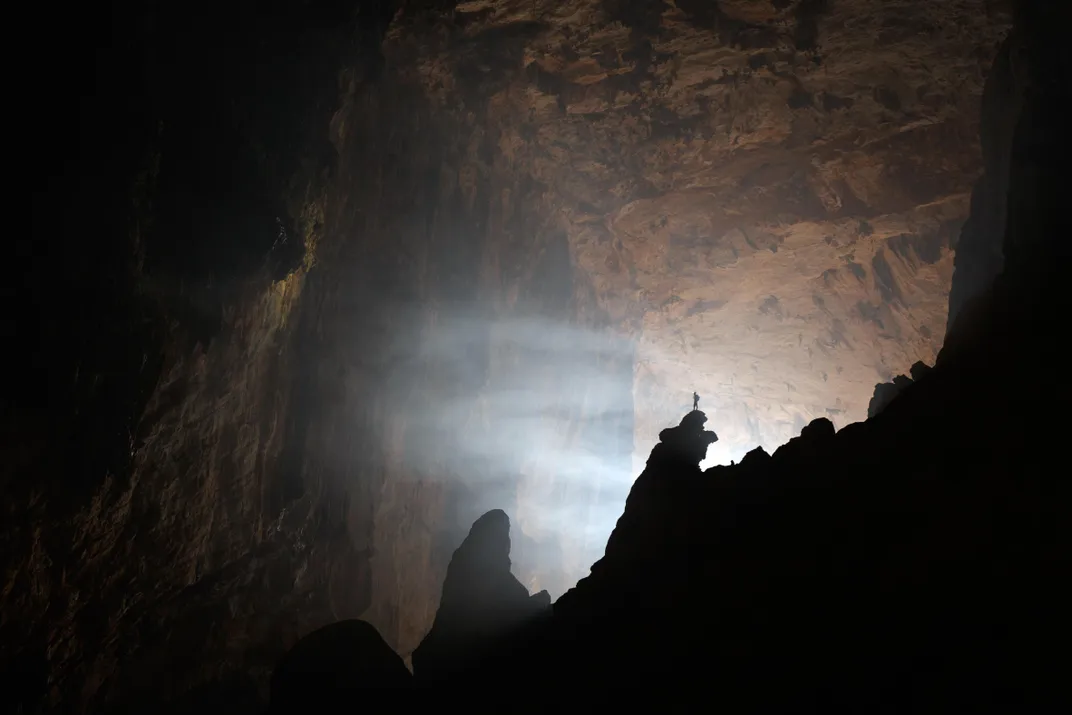
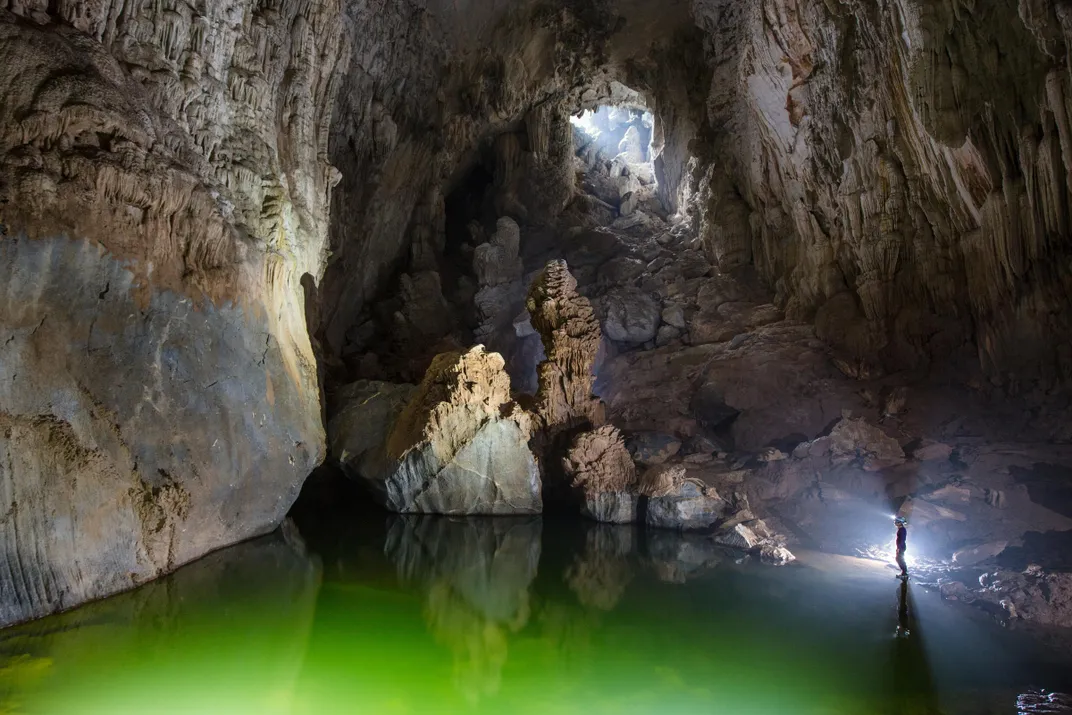
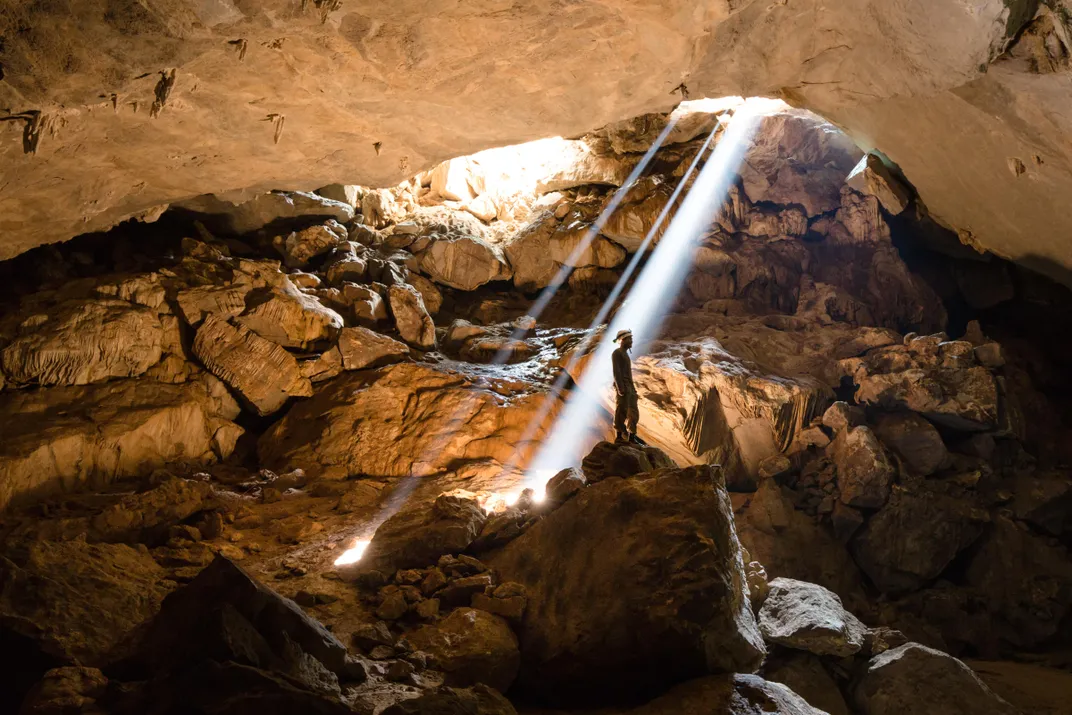
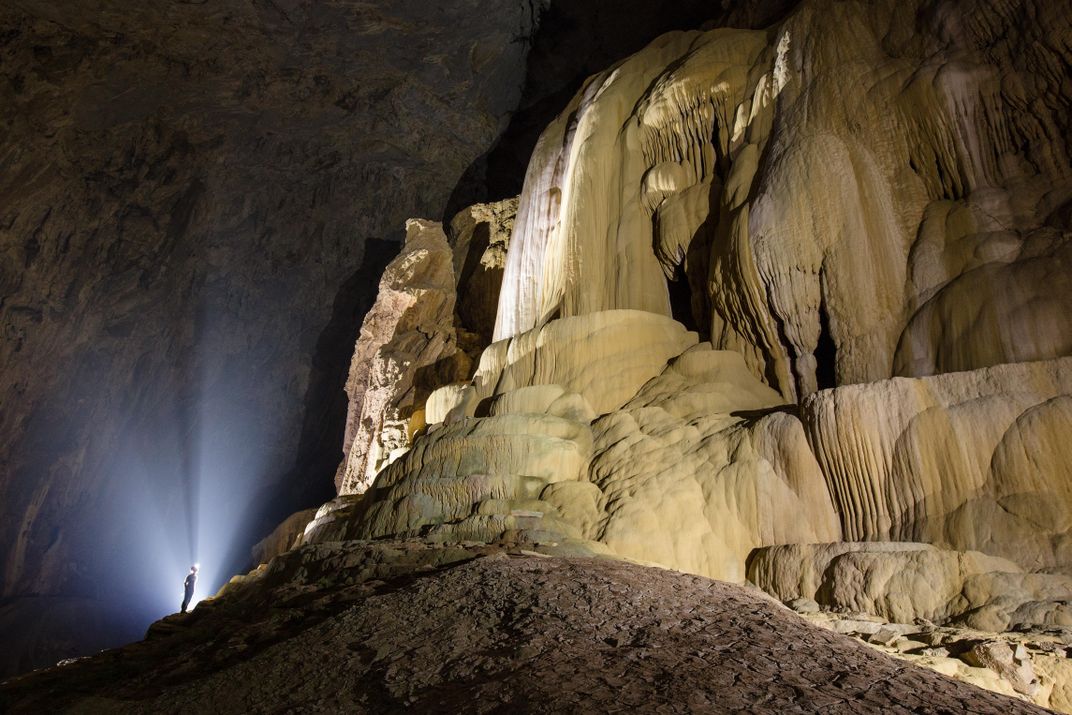
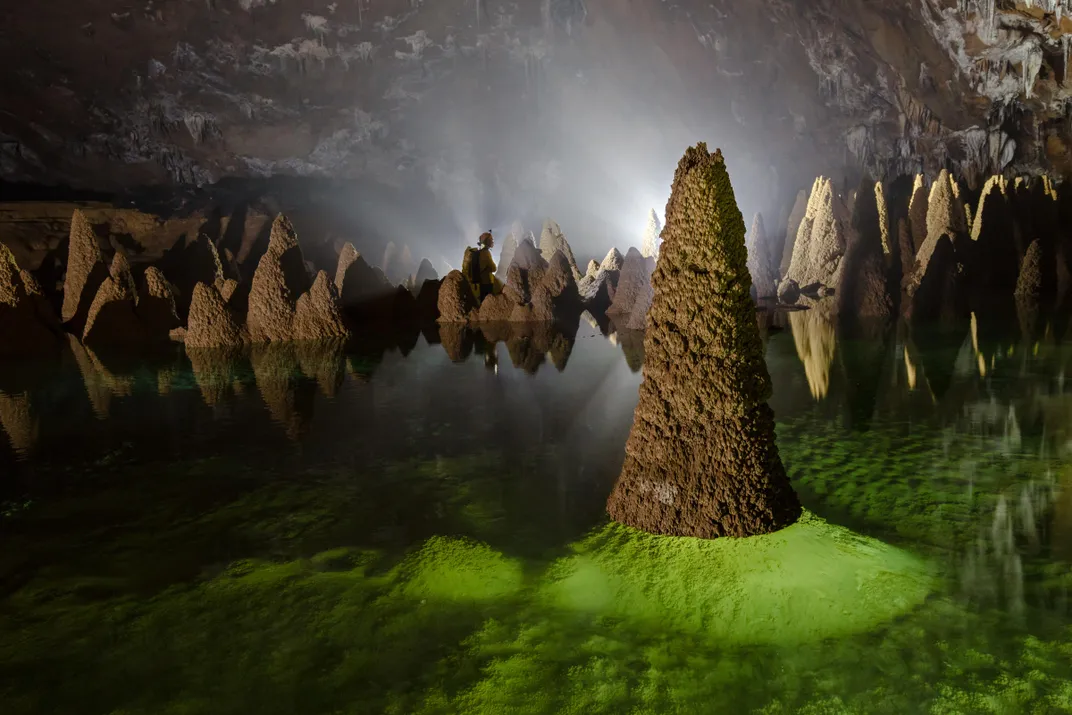
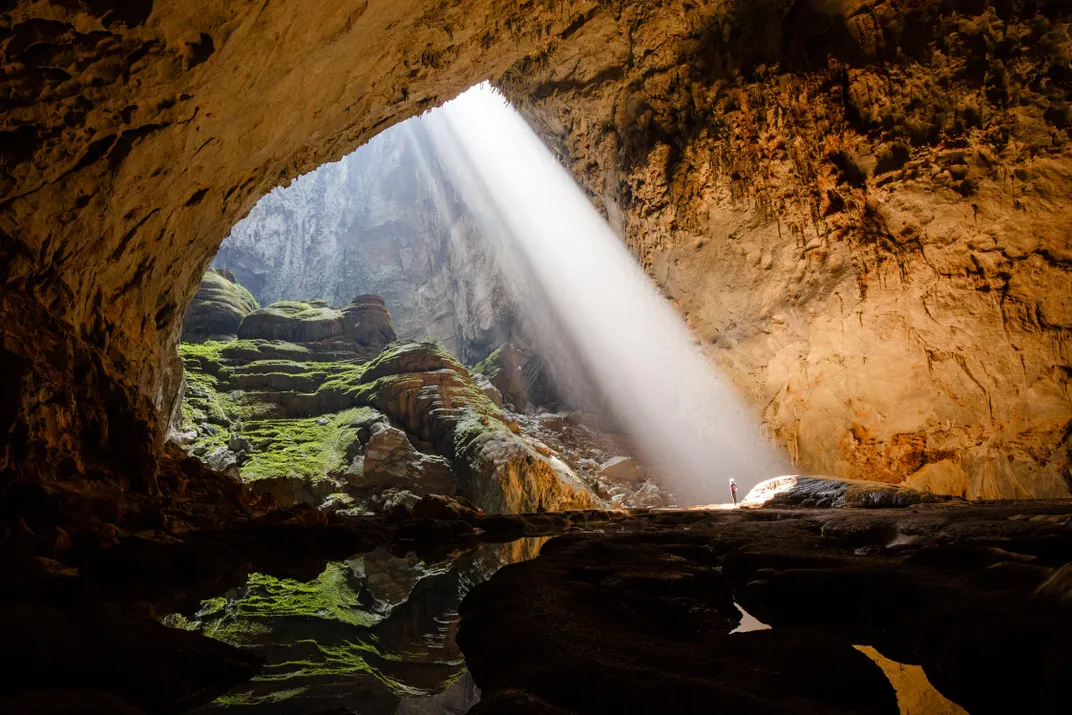
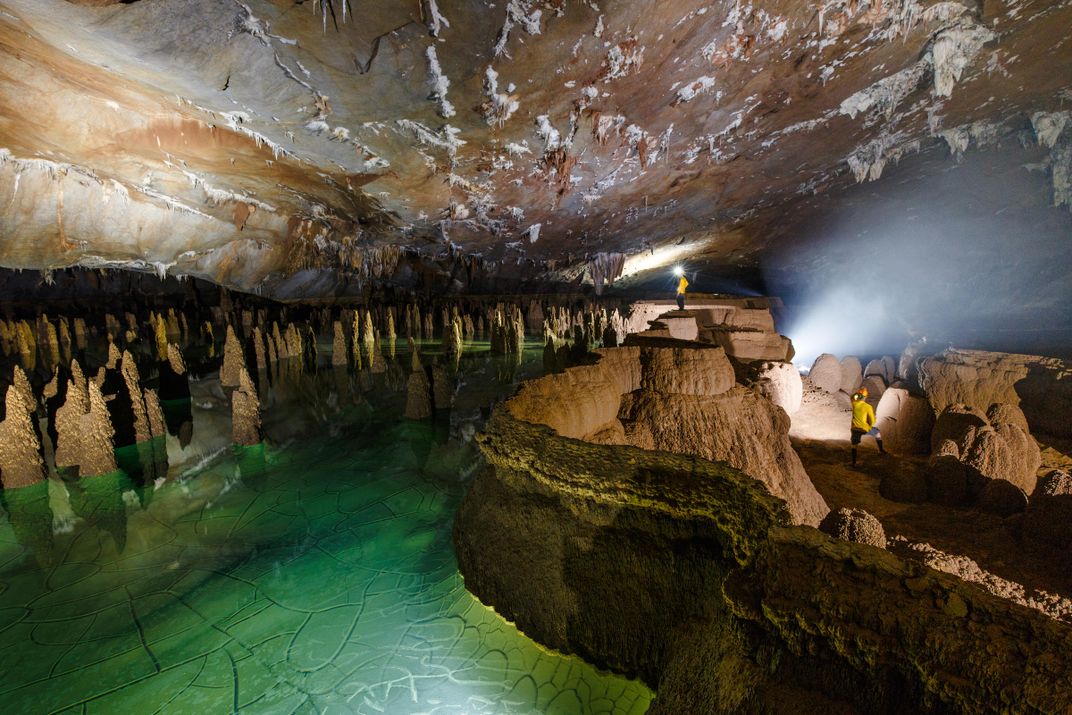
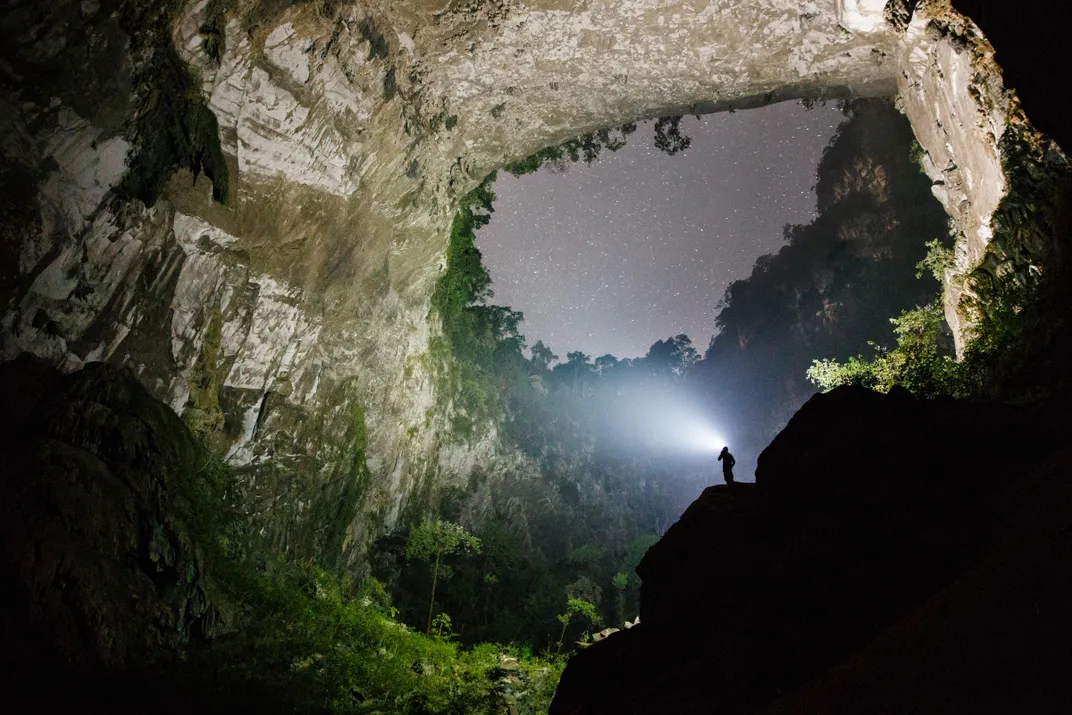
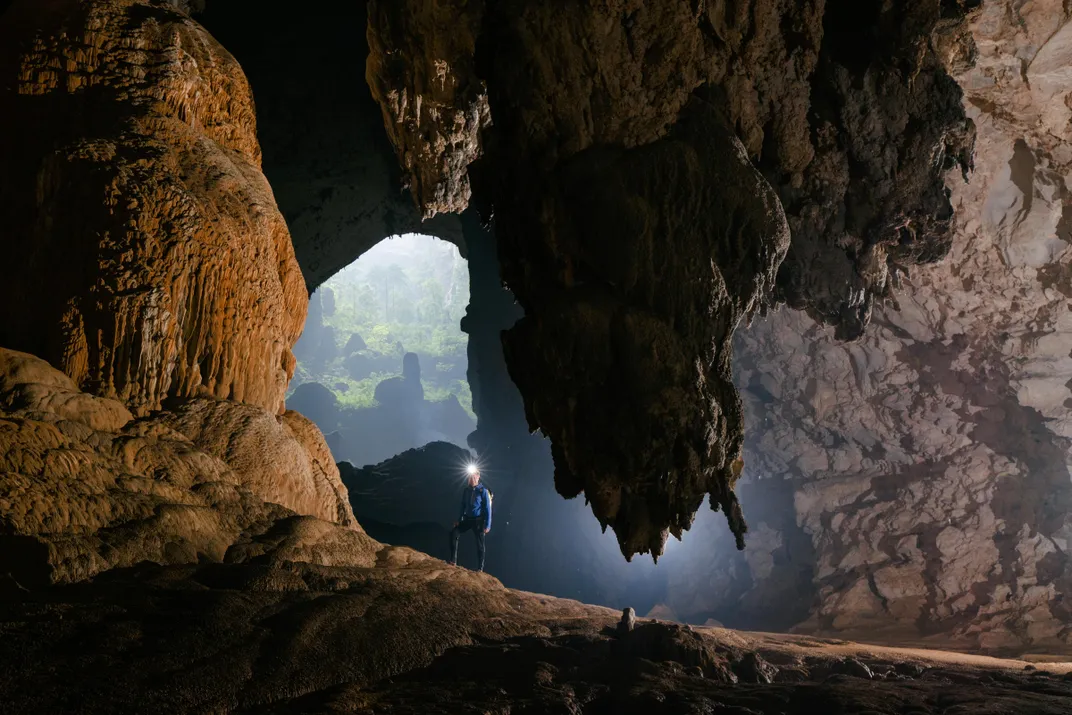
/https://tf-cmsv2-smithsonianmag-media.s3.amazonaws.com/accounts/headshot/Jeff-Campagna-240.jpg)